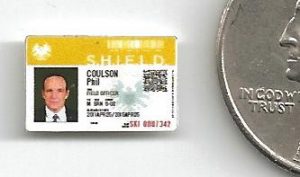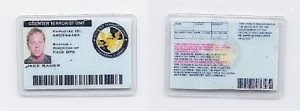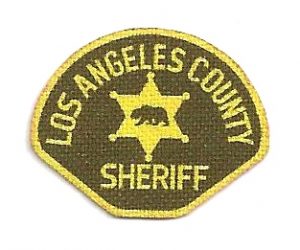Description
Here’s something for my Patriot brothers and sisters to help show the regime that we will stand up and fight in necessary to protect our Constitution and the freedoms and liberties guaranteed therein! It measures approximately 6 inches by 10 inches. It’s printed on 100% cotton fabric with brass grommets and rings at either end of the flag’s spine. Not recommended for prolonged outdoor use. But it is perfect to aggravate your Liberal/Progressive acquaintances
History of the 1835 Gonzales Flag
During the Texas war for Independence from Mexico, the Mexican government requested the return of a seized cannon. The Texans responded by raising the banner! “COME AND TAKE IT”
The original Gonzales “come and take it” cannon was a Spanish-made, bronze artillery piece of six-pound caliber. The gun was cause of fighting in late September and early October 1835 between a Mexican military detachment and Anglo colonists. The disagreement produced the battle of Gonzales, considered to be the first battle of the Texas Revolution. On January 1, 1831, the history of the cannon began when the colonists asked the political chief of Bexar, Mexico to make arrangements for a cannon to be furnished to the Gonzales colonists for protection against hostile Indians. The fact that the gun was not carriage mounted until about September 28, 1835, suggests that in 1831 it was probably swivel mounted in one of the two blockhouses that had been constructed at Gonzales in 1827. Thus mounted it would have served as a visual deterrent to hostile Indians.
During September 1835, wCol. Domingo de Ugartechea, the military commander at Bexar, sent Corporal Casimiro De León and five soldiers of the Second Flying Company of San Carlos de Parras to retrieve the cannon. The Gonzales colonists notified Ugartechea they were keeping the gun and took the soldiers prisoner. The cannon was then buried in George W. Davis’s peach orchard and couriers were sent out to obtain assistance. Ugartechea responded by sending 100 troops under Lt. Francisco de Castañeda to make a more serious request for the return of the gun. On September 29, Capt. Robert M. Coleman arrived at Gonzales with a militia company of thirty mounted Indian fighters. The gun was retrieved from its shallow grave and mounted on a pair of cart wheels. After organization of the Texan “Army of the People” under Gen. Stephen F. Austin, the cannon was assigned to Capt. James C. Neill’s artillery company and hauled to San Antonio. After the capture of Bexar in December 1835, the cannon remained at the Alamo, where it was one of twenty-one artillery pieces commandeered by the Mexican army upon the recapture of Bexar on March 6, 1836.
The name “Come and Take It” refers to the motto adopted by the Texan rebels. On the morning of October 2, 1835, Lieutenant Castañeda requested the cannon be returned to the Mexican military-a condition on which it had been loaned to DeWitt’s Colony-but the Texans pointed to the gun which stood about 200 yards to their rear, and said, “there it is-come and take it.” Soon after the conflict began, at the request of the Anglo-Celtic leaders, the ladies of the settlement hastily made a flag to fly over the cannon. The flag featured a white background with a black cannon in the center, and the motto “Come and take it!” below and a star above.




